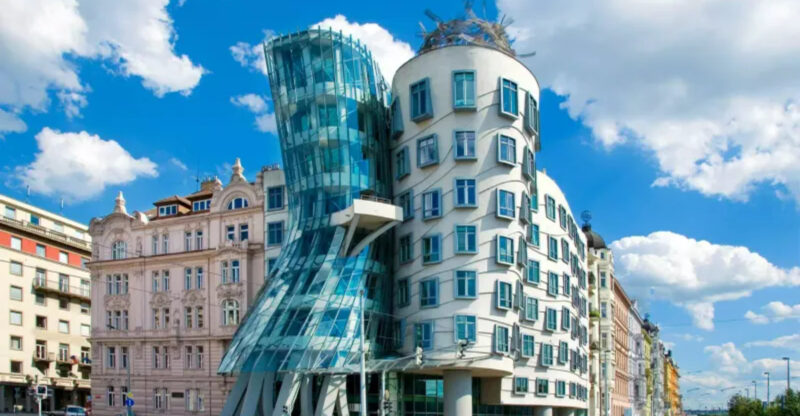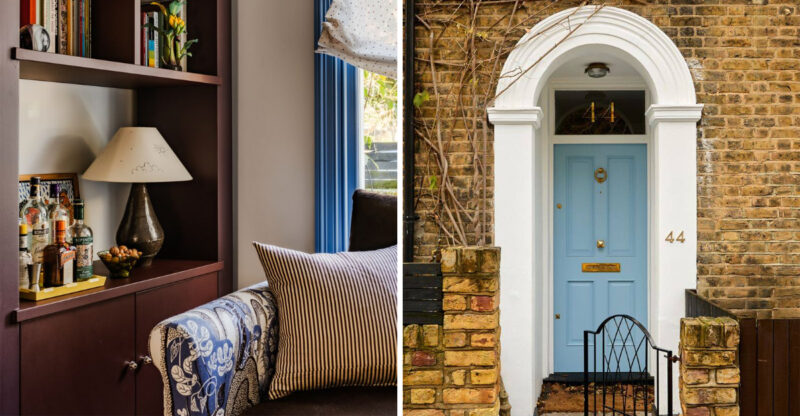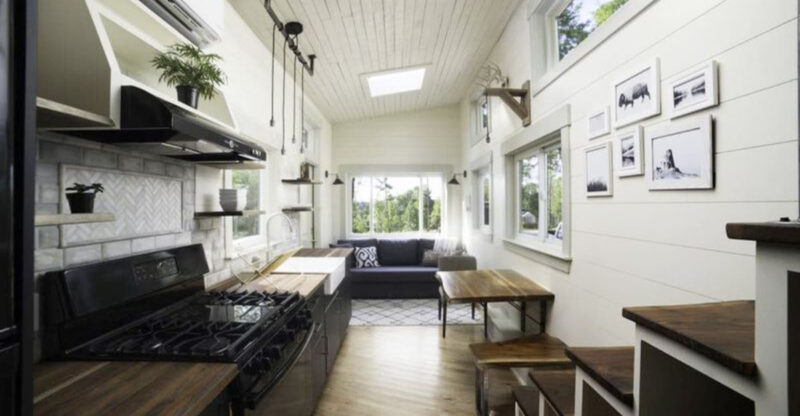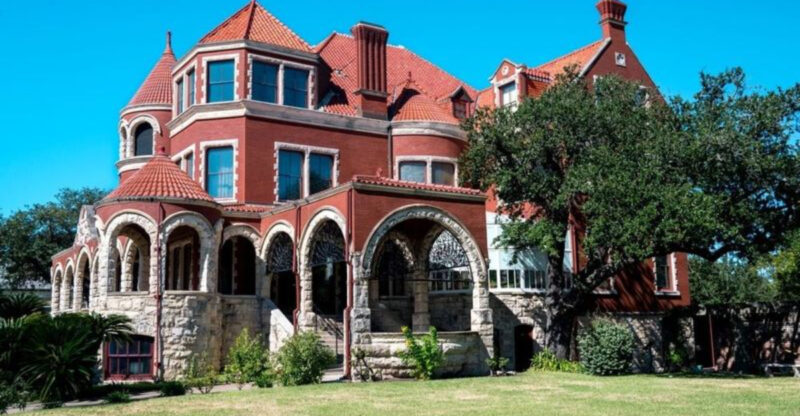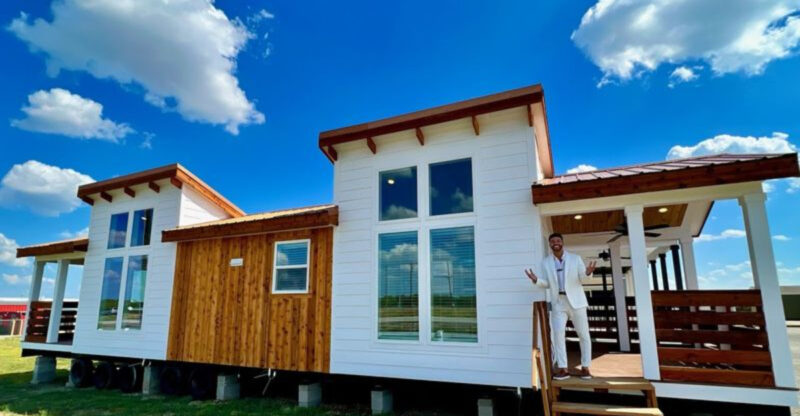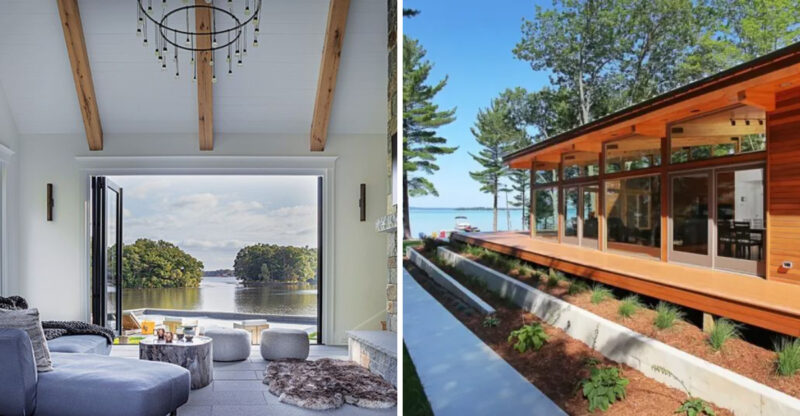20 English Aristocrat Homes That Are Fit For A Fairytale
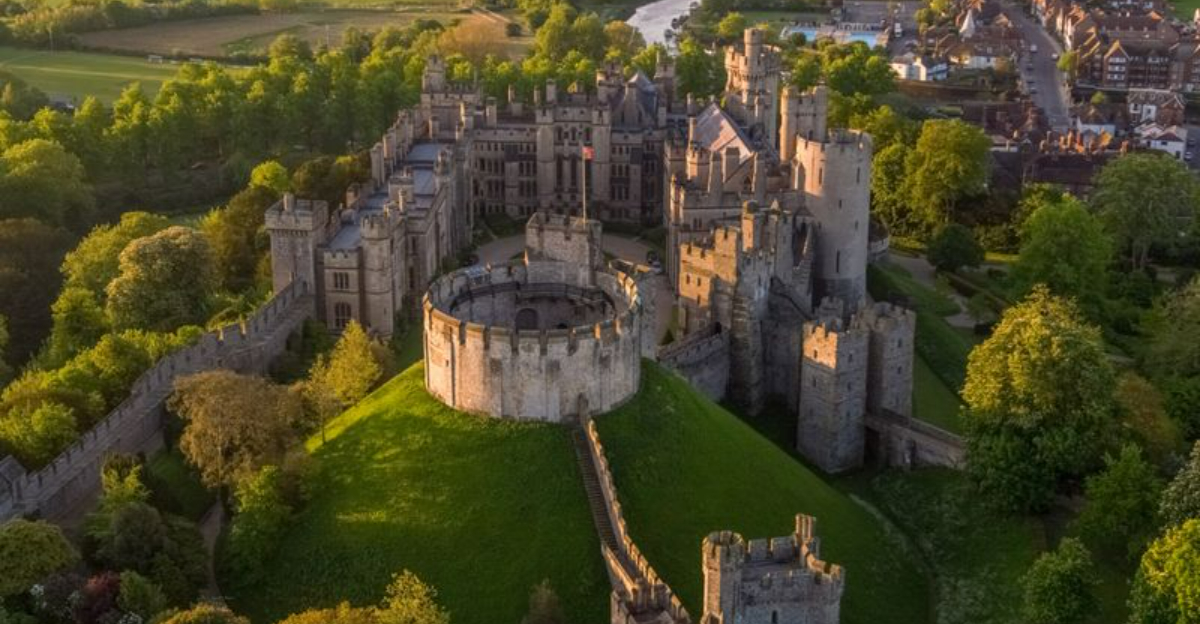
England’s countryside is dotted with magnificent estates that seem plucked straight from the pages of a storybook. These grand homes, built by aristocrats over centuries, showcase stunning architecture, lush gardens, and rich histories that captivate visitors.
From towering turrets to secret passages, these 20 remarkable residences truly embody the magic and splendor of fairytale castles.
1. Highclere Castle: The Real Downton Abbey
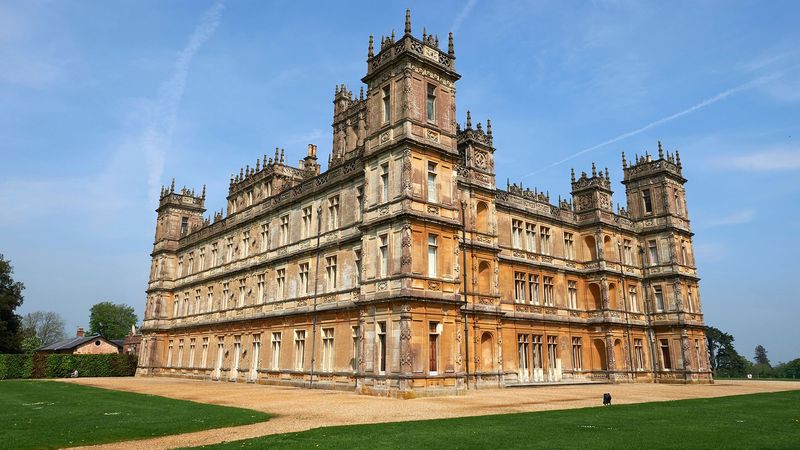
Walking through the grand halls of Highclere Castle feels like stepping onto a television set. Made famous as the filming location for Downton Abbey, this Jacobethan country house in Hampshire dates back to the 13th century.
The current structure, redesigned in 1842, boasts over 300 rooms and sits on 1,000 acres of parkland. The Egyptian Exhibition housed in the castle’s cellars contains artifacts from the tomb of Tutankhamun, collected by the 5th Earl of Carnarvon.
2. Castle Howard: Yorkshire’s Baroque Masterpiece
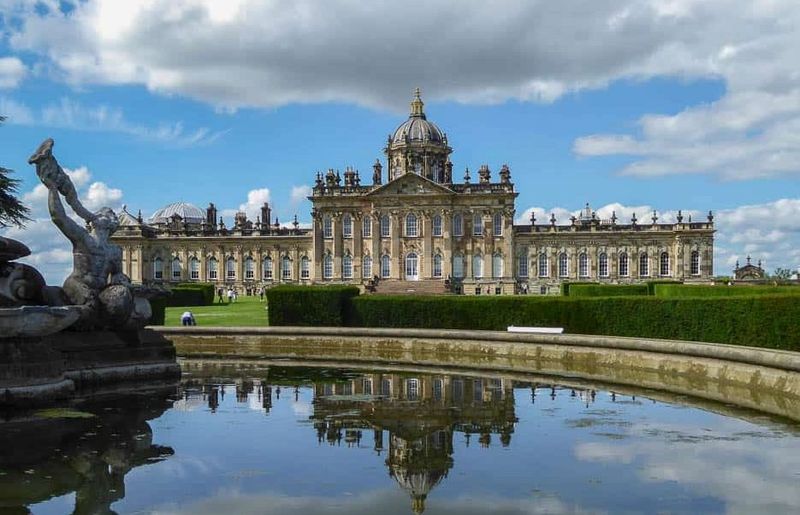
Sunlight streams through the magnificent dome of Castle Howard, illuminating three centuries of history. Construction began in 1699 and took over 100 years to complete, creating one of England’s most breathtaking country houses.
Featured in Brideshead Revisited, the estate encompasses 1,000 acres of landscape with lakes, fountains, and temples. The Atlas Fountain on the south lawn depicts the Titan god holding the world on his shoulders – a fitting symbol for this architectural giant.
3. Chatsworth House: The Palace of the Peak
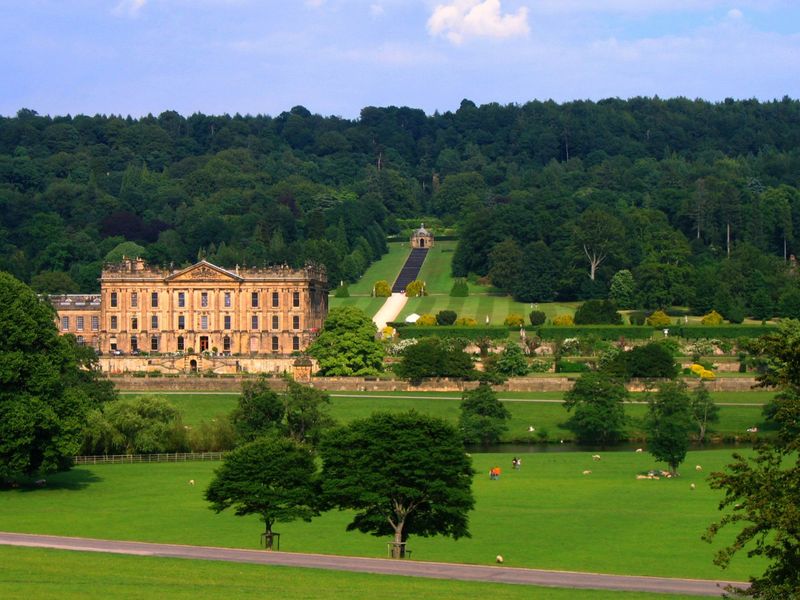
Golden stone glows against the green hills of Derbyshire at Chatsworth House, home to the Duke and Duchess of Devonshire. Since 1549, this magnificent estate has evolved into one of Britain’s most beloved stately homes, with 30 spectacular rooms open to visitors.
The 105-acre garden features a massive gravity-fed Emperor Fountain that can shoot water 90 meters high. Art lovers marvel at the collection spanning 4,000 years, from ancient Roman and Egyptian artifacts to works by Rembrandt, Reynolds, and Lucian Freud.
4. Blenheim Palace: Churchill’s Birthplace
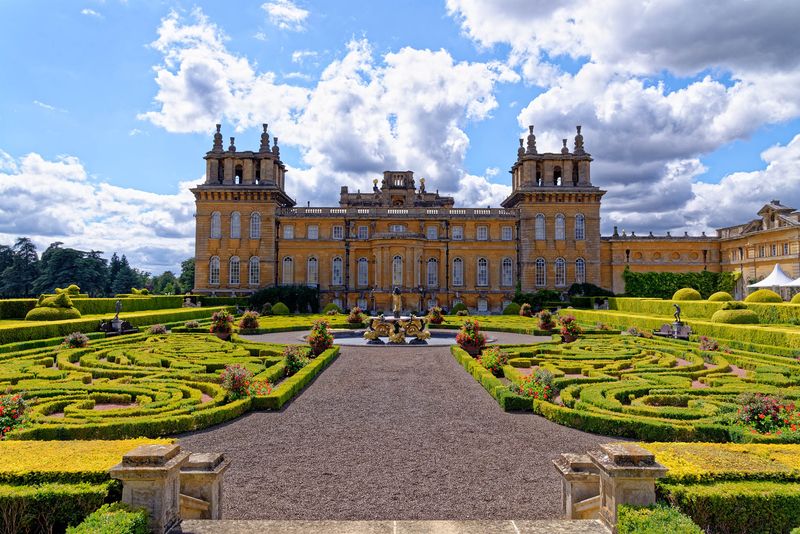
Grandeur reaches new heights at Blenheim Palace, the only non-royal, non-episcopal country house in England to hold the title of palace. Built between 1705 and 1722, this UNESCO World Heritage Site celebrates the victory over the French in the War of Spanish Succession.
Magnificent formal gardens designed by Capability Brown surround the baroque masterpiece where Winston Churchill was born in 1874. The Long Library stretches 180 feet with 10,000 books, while the painted ceiling in the Great Hall depicts the 1st Duke of Marlborough in Roman dress.
5. Arundel Castle: Medieval Fortress of Sussex
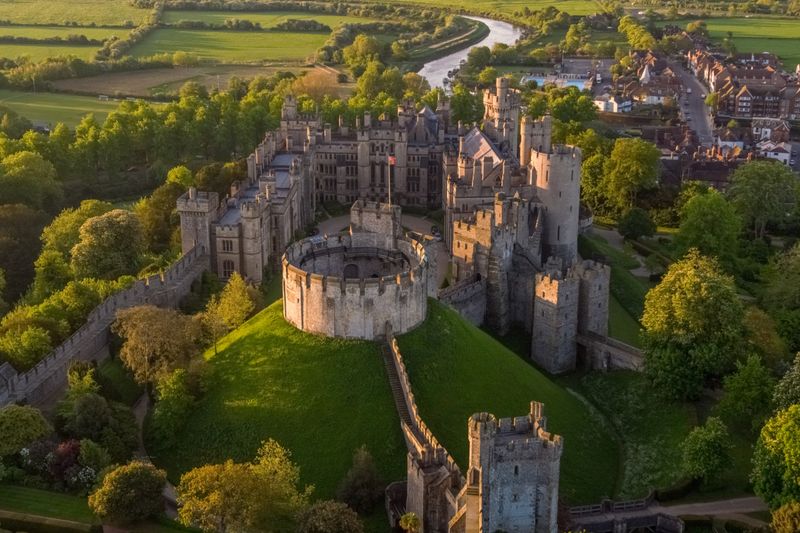
Rising dramatically above the River Arun, this ancient fortress has stood guard since 1067. Arundel Castle combines medieval architecture with Victorian Gothic additions, creating a truly fairytale silhouette against the Sussex sky.
Home to the Dukes of Norfolk for nearly 1,000 years, the castle houses priceless works of art including paintings by Van Dyck, Gainsborough and Canaletto. The stunning gardens feature unique designs including the Collector Earl’s Garden with its floating crown centerpiece and stumpery inspired by Victorian garden trends.
6. Longleat House: Safari Meets Elizabethan Splendor
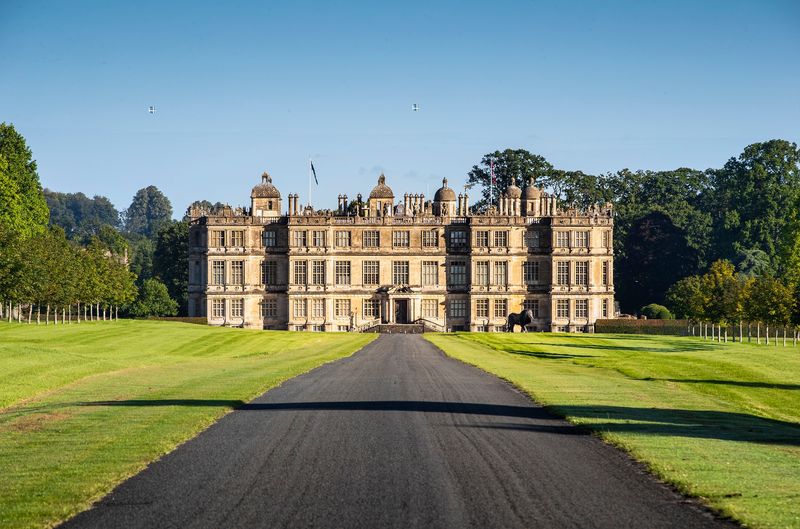
Lions roam just beyond the manicured gardens of this extraordinary Elizabethan mansion in Wiltshire. Completed in 1580, Longleat House was one of England’s first stately homes to open to the public and pioneered the concept of safari parks in 1966.
Inside, visitors discover seven libraries containing over 40,000 books and the Great Hall with its 60-foot ceiling. The current Marquess of Bath’s ancestors were notorious for their eccentricities – including the 5th Marquess who painted colorful murals throughout the house and kept a harem of 75 “wifelets.”
7. Knole House: England’s Calendar House
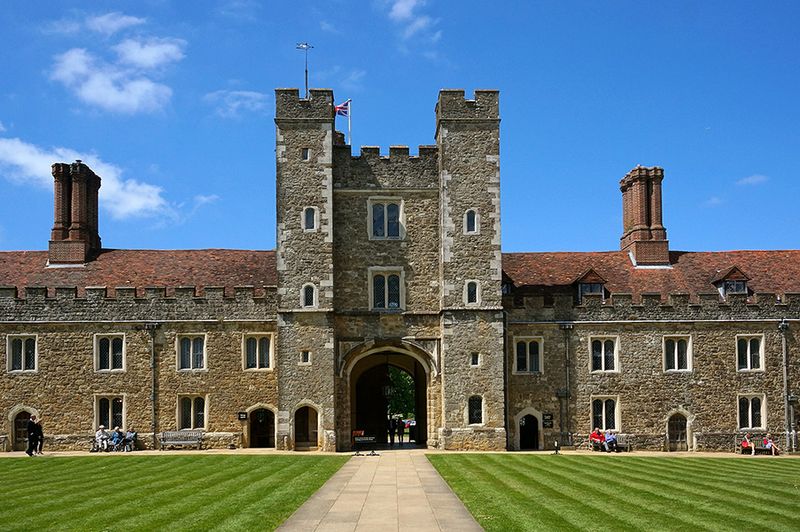
Mystery surrounds Knole House in Kent, often called a “calendar house” for its alleged 365 rooms, 52 staircases, and 7 courtyards. Dating back to the mid-15th century, this massive complex resembles a small village more than a single home.
Once owned by Henry VIII, Knole passed to the Sackville family in 1566 and inspired Virginia Woolf’s novel “Orlando.” The house contains an unrivaled collection of Stuart furniture, including the famous Knole Settee with its adjustable arms and back. Deer have roamed the surrounding 1,000-acre park since medieval times.
8. Hatfield House: Elizabeth I’s Childhood Home
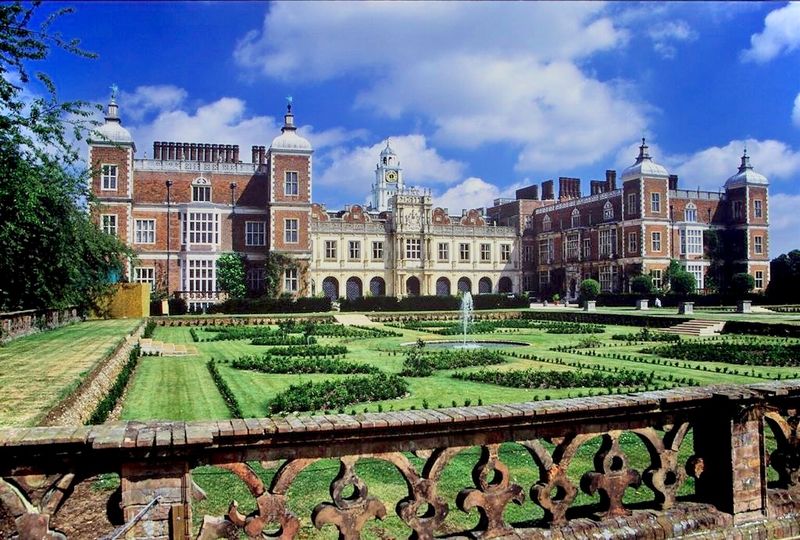
Royal history permeates every corner of Hatfield House, where Princess Elizabeth learned she would become queen while sitting under an oak tree in the park. The magnificent Jacobean mansion, built between 1607 and 1611, replaced the royal palace where she spent her childhood.
The Long Gallery displays the famous “Rainbow Portrait” of Elizabeth I, while the Marble Hall features the ornate Grand Staircase. Film buffs might recognize Hatfield from movies like The Favourite, Batman, and Wonder Woman. The estate’s knot garden recreates an authentic Elizabethan design with aromatic herbs and colorful flowers.
9. Hardwick Hall: More Glass Than Wall
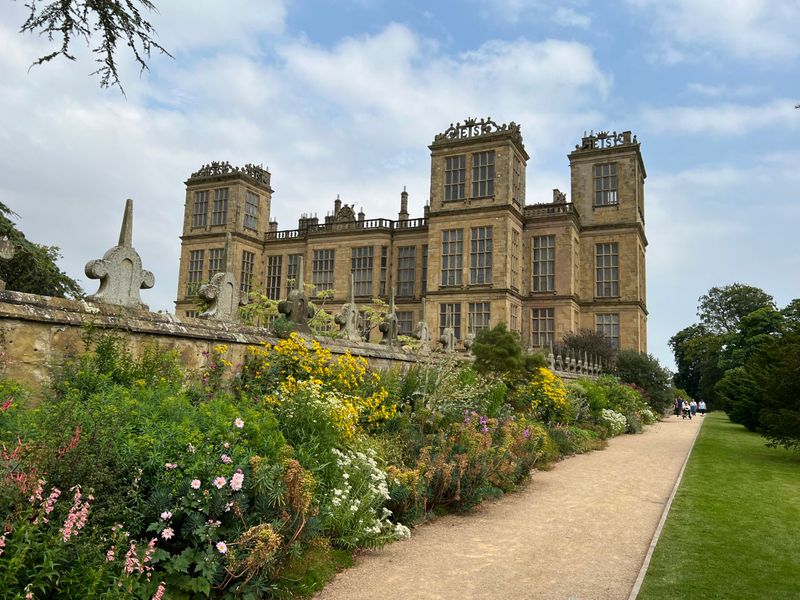
Sunlight floods through enormous windows at Hardwick Hall, so large and numerous they inspired the saying “Hardwick Hall, more glass than wall.” Built by Bess of Hardwick in the 1590s, this revolutionary Elizabethan house showcased her immense wealth and power.
Six enormous rooftop statues spelling out “ES” (Elizabeth Shrewsbury) announce her ownership to all who approach. Inside, original 16th-century tapestries and embroideries still hang on the walls – an extraordinary survival. The Long Gallery stretches 166 feet across the entire top floor, with windows on both sides creating a sunlit promenade.
10. Waddesdon Manor: A French Château in Buckinghamshire
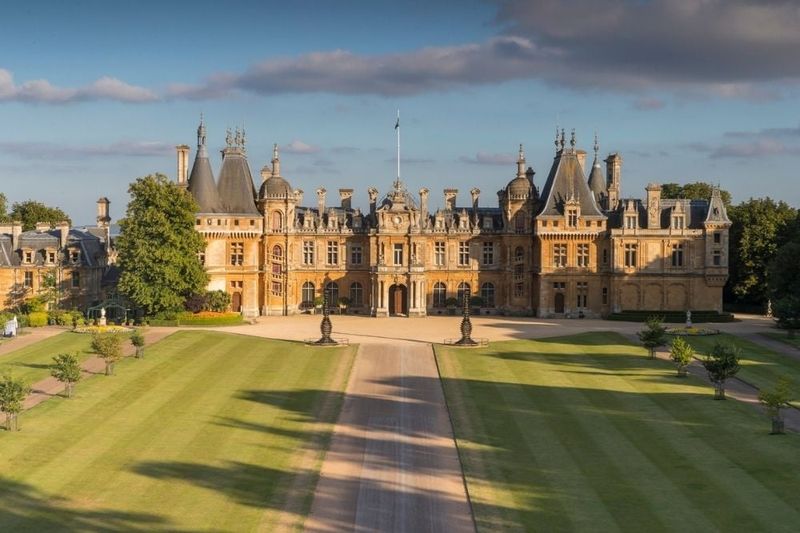
French elegance transplanted to English soil defines Waddesdon Manor, built in the Neo-Renaissance style of a Loire Valley château. Baron Ferdinand de Rothschild created this fantasy house between 1874 and 1889 to display his exceptional art collection and entertain weekend guests.
The Bachelors’ Wing included a smoking room and billiard room for male guests. The manor houses one of the finest collections of French 18th-century decorative arts outside France. During Christmas, spectacular light displays transform the façade into a magical canvas, drawing thousands of visitors to experience Victorian-inspired festivities.
11. Harewood House: Chippendale’s Masterpiece
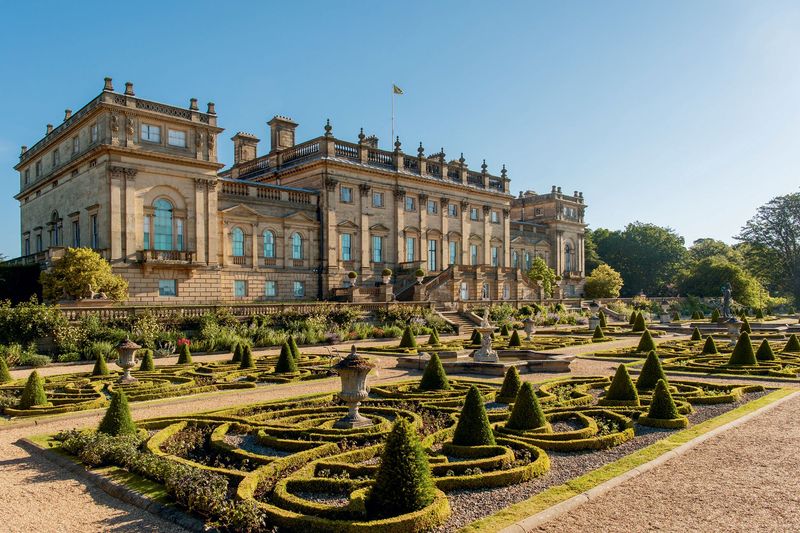
Elegance defines every inch of Harewood House, built in the 1760s for Edwin Lascelles, who made his fortune through West Indian sugar plantations and the slave trade. This Yorkshire gem houses the largest collection of furniture by Thomas Chippendale, created specifically for the house.
Capability Brown designed the spectacular landscape, while Robert Adam crafted the neoclassical interiors. The Bird Garden houses over 40 exotic species, including penguins and flamingos. Princess Mary, the Queen’s aunt, lived at Harewood for many years after marrying the 6th Earl, bringing royal connections to this already distinguished estate.
12. Wilton House: The Double Cube Room
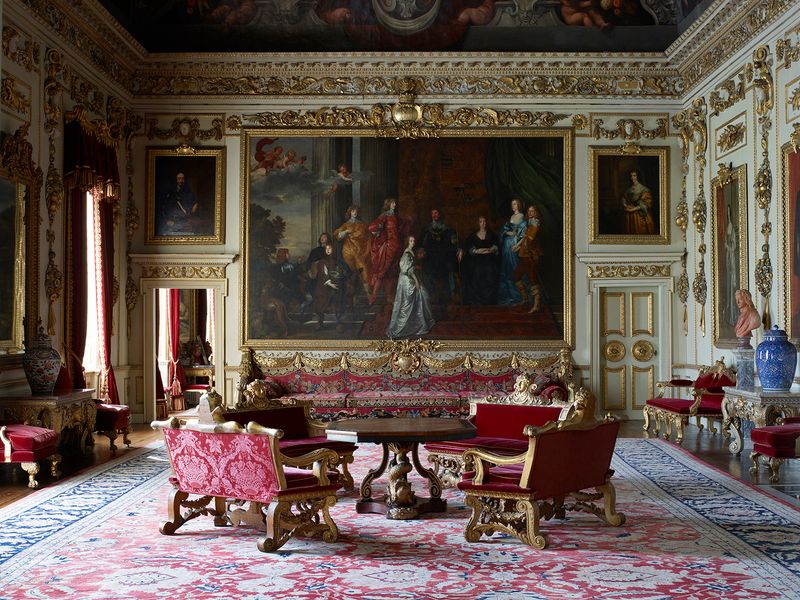
Artistic perfection awaits in Wilton House’s famous Double Cube Room, considered one of the finest Baroque interiors in England. Home to the Earls of Pembroke since 1544, this Palladian mansion near Salisbury contains treasures including a portrait collection featuring works by van Dyck.
The grounds contain the first Palladian bridge built in England, spanning the River Nadder. Movie fans might spot familiar scenes – Wilton has appeared in The Crown, Pride and Prejudice, and Emma. Four magnificent state rooms designed by Inigo Jones showcase 17th-century craftsmanship at its finest.
13. Woburn Abbey: Home of the Dukes of Bedford
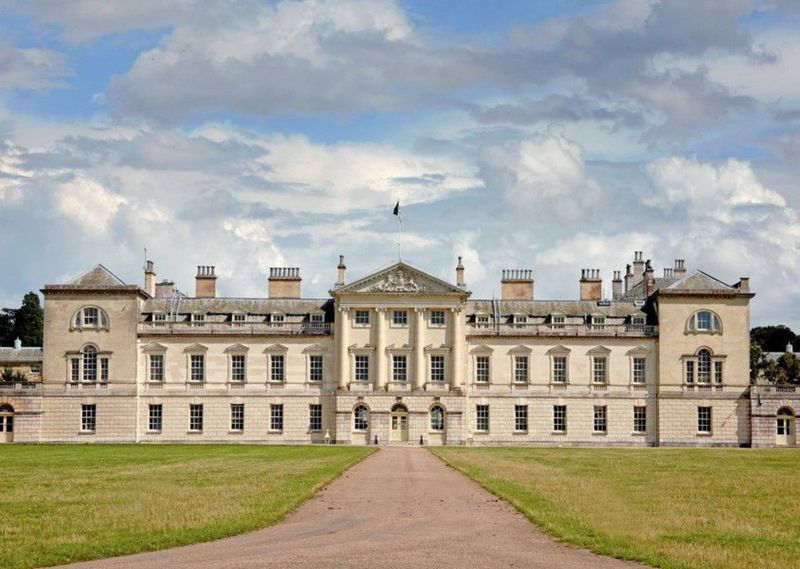
Art treasures fill the galleries of Woburn Abbey, home to the Russell family since 1547. The 13th Duke and Duchess of Bedford currently reside in this house that originated as a Cistercian monastery in 1145 before being granted to the family during the Dissolution of the Monasteries.
The collection includes 24 paintings by Canaletto, the largest private collection of his works in the world. Woburn Safari Park opened in 1970 as one of the first drive-through wildlife parks outside Africa. The Abbey’s Armada Portrait of Elizabeth I is considered one of the most important surviving images of the queen.
14. Burghley House: Elizabethan Prodigy House
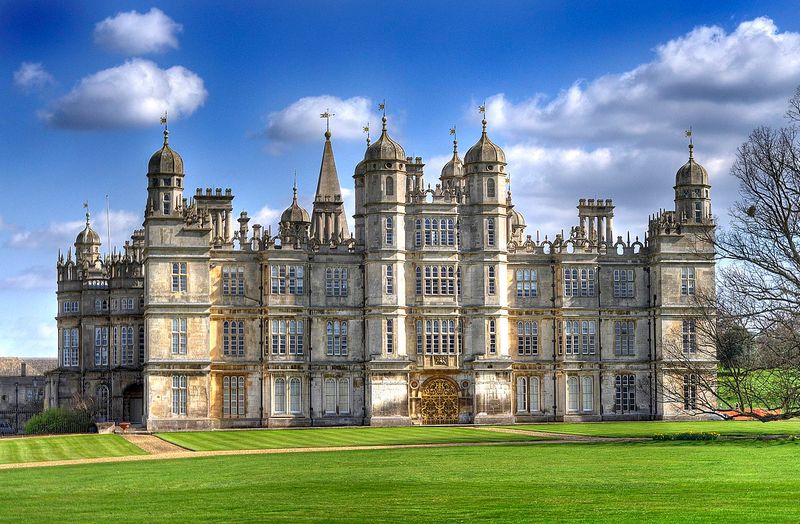
Heaven opens up inside the Hell Staircase at Burghley House, where painted demons give way to angels as visitors ascend. Built between 1555 and 1587 by William Cecil, Lord High Treasurer to Queen Elizabeth I, this enormous house contains 35 major rooms on the ground and first floors.
The Heaven Room features a ceiling painting depicting gods and goddesses at a celestial banquet. Capability Brown designed the surrounding parkland where a herd of fallow deer roams freely. Annual events include the Burghley Horse Trials, one of the world’s premier equestrian competitions.
15. Alnwick Castle: The Hogwarts of Northumberland
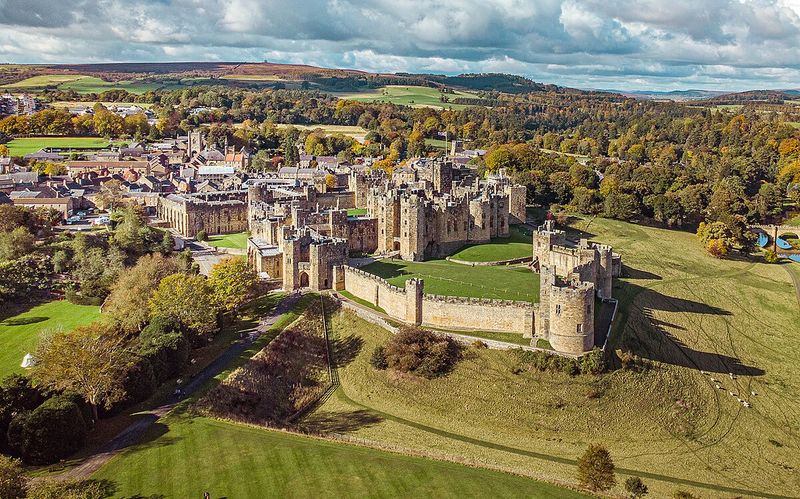
Broomsticks almost seem ready to take flight at Alnwick Castle, which doubled as Hogwarts in the first two Harry Potter films. Home to the Percy family, Dukes of Northumberland, for over 700 years, this medieval fortress remains one of Britain’s most iconic castles.
The castle houses an impressive art collection including works by Canaletto, Titian and Van Dyck. Adjacent to the castle, the Duchess of Northumberland created the extraordinary Alnwick Garden, featuring a Poison Garden of deadly plants and the world’s largest treehouse restaurant. The castle’s ramparts offer breathtaking views across the Northumberland countryside.
16. Hever Castle: Anne Boleyn’s Childhood Home
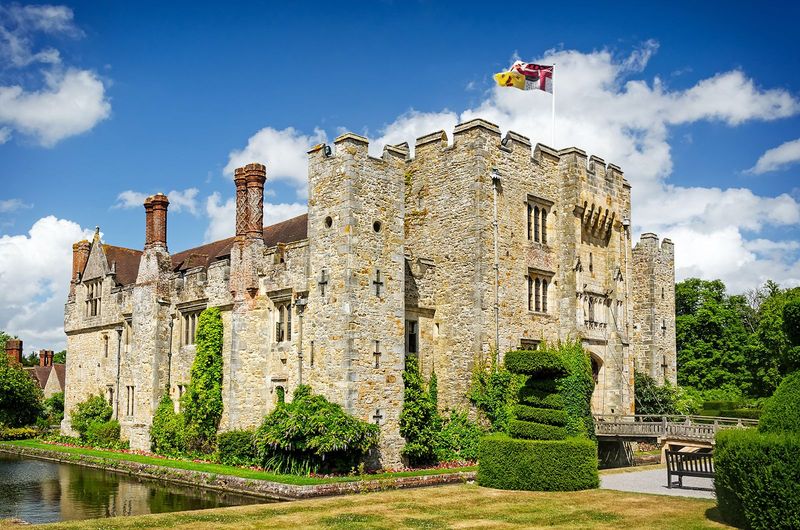
Romance and tragedy intertwine at Hever Castle, where Anne Boleyn spent her childhood before catching the eye of Henry VIII. The moated castle dates back to 1270, with Tudor additions creating the perfect fairytale setting surrounded by water.
William Waldorf Astor purchased the castle in 1903 and spent millions restoring it and creating the spectacular Italian Garden. The castle houses one of the best collections of Tudor portraits outside the National Portrait Gallery. Two prayer books owned by Anne Boleyn, with her signature, remain on display – poignant reminders of her brief rise and tragic fall.
17. Petworth House: Turner’s Inspiration
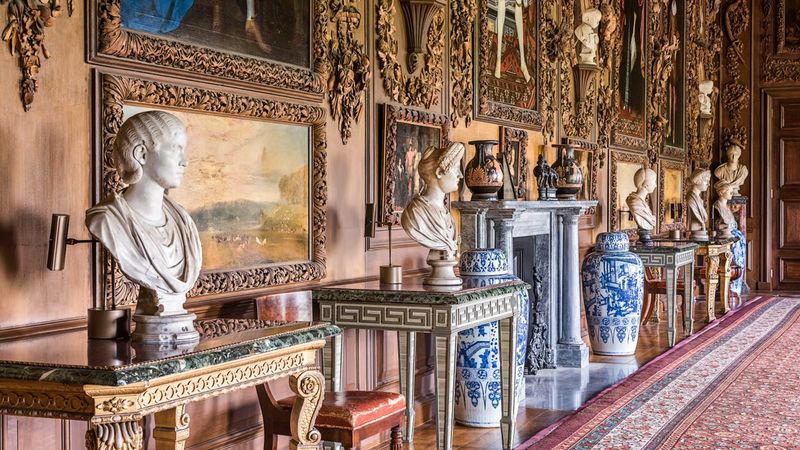
Light dances through the windows of Petworth House in Sussex, illuminating one of the finest art collections in the National Trust’s care. J.M.W. Turner visited frequently in the early 19th century, painting the house and its Capability Brown landscapes repeatedly.
The 700-acre deer park surrounding the house remains largely unchanged since Brown designed it in the 1750s. The Carved Room features extraordinary woodcarvings by Grinling Gibbons, with lifelike flowers, fruits, and birds adorning the walls. Petworth’s collection includes works by Van Dyck, Reynolds, Blake, and ancient and neoclassical sculptures.
18. Kedleston Hall: Neoclassical Perfection
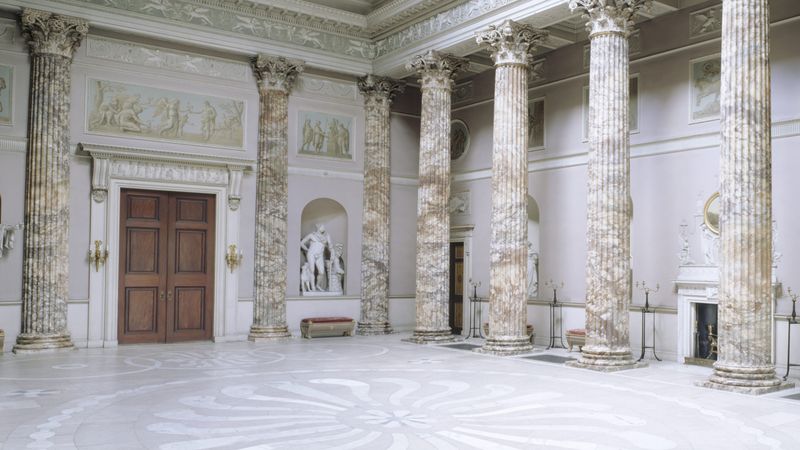
Marble columns soar upward in the spectacular entrance hall of Kedleston Hall, designed as a Roman temple. Built between 1759 and 1765 for the Curzon family, who still reside in the private family wing, this Derbyshire mansion represents the pinnacle of Neoclassical design.
Robert Adam created both the architecture and interiors, making it one of his most complete surviving works. The State Apartment remains exactly as it was designed – a showpiece never intended for everyday use. Lord Curzon, Viceroy of India from 1899 to 1905, filled the Eastern Museum with treasures collected during his time in the subcontinent.
19. Cragside: Victorian House of Wonders
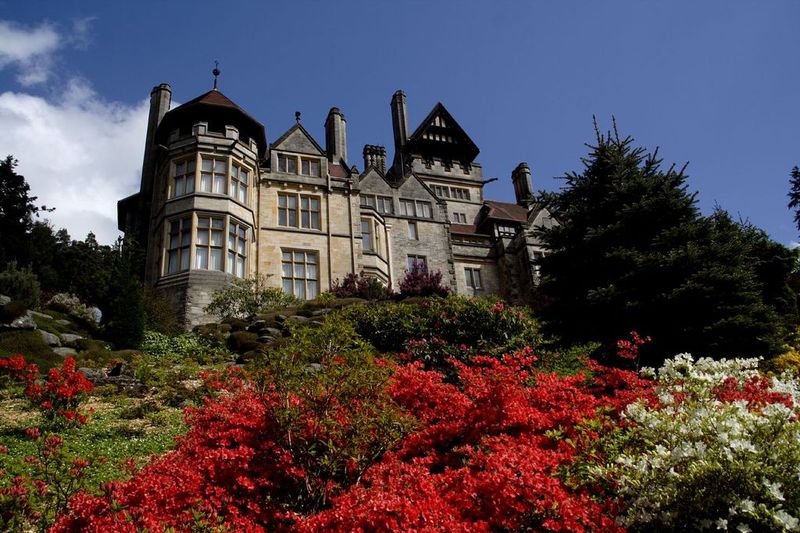
Innovation powers through Cragside, the first house in the world to be lit by hydroelectricity. Built by Victorian inventor Lord Armstrong, this extraordinary mansion in Northumberland combined cutting-edge technology with romantic architecture.
Seven million trees were planted on the estate, transforming barren moorland into lush forest. The house featured incredible luxuries for its time – including an early dishwasher, fire alarm system, and hydraulic elevator. Armstrong’s hydroelectric power system used lakes on the property to generate electricity through a series of dams and generators.
20. Leeds Castle: The Loveliest Castle in the World
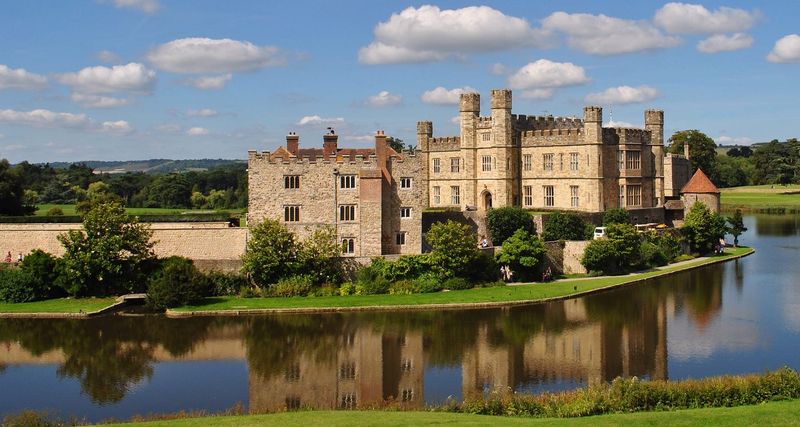
Reflections shimmer on the moat surrounding Leeds Castle, often called “the loveliest castle in the world.” Built on two islands in a lake, the castle dates back to 1119 and served as a royal residence for six medieval queens.
Henry VIII transformed it for his first wife, Catherine of Aragon. The last private owner, Lady Baillie, restored the castle in the 1930s, creating elegant interiors inspired by her work with French designer Stéphane Boudin. The grounds feature a yew maze with an underground grotto at its center and an aviary housing exotic birds.

